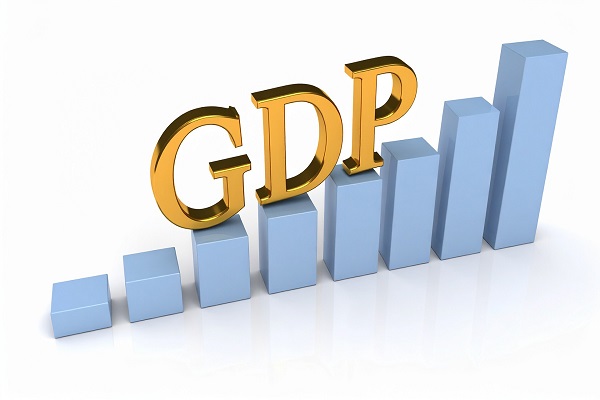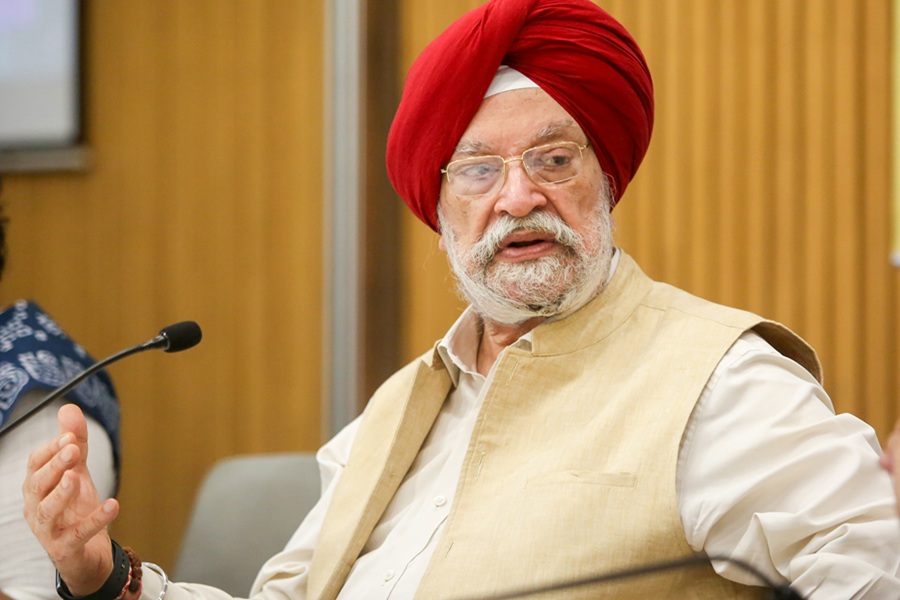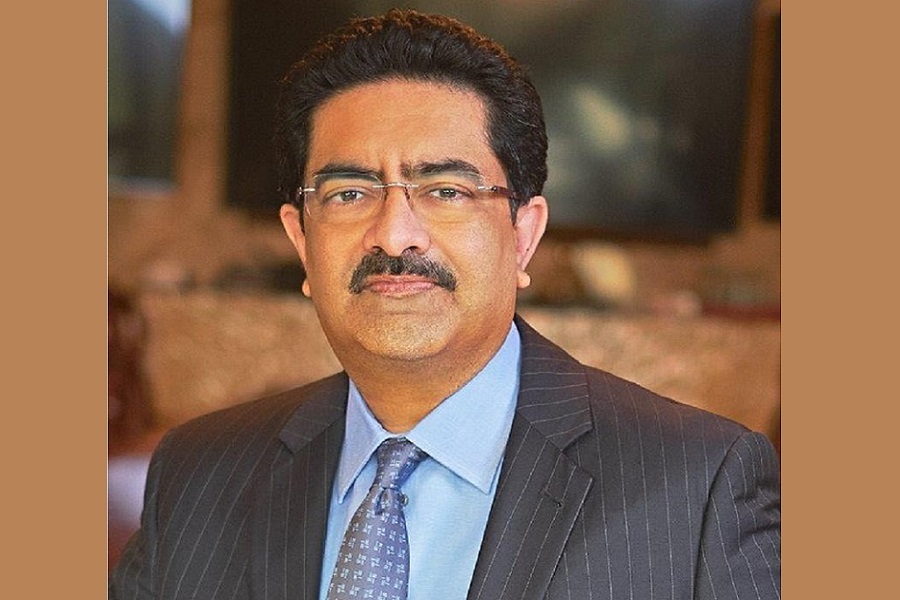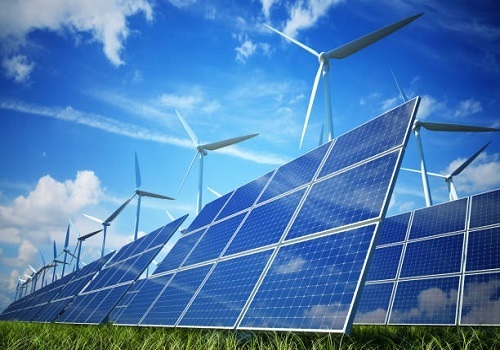In FY24, Credit Offteke to Continue Rising and Outpacing Deposite Growth : CareEdge

Synopsis
Bank credit growth maintained a double-digit growth and continued to outpace deposit growth in FY23. The personal loans segment has remained the largest segment, along with NBFCs, while the industrial sector reported muted growth. The private sector banks (PVBs) have continued to outpace the public sector banks (PSBs). The medium-term prospects look promising with rising personal loans along with NBFC borrowings and a substantial buffer for provisions. Additionally, given that in FY23, credit offtake closed with a growth of 15%, it would be working off a higher base CareEdge estimates the credit growth to be in the range of 13%-13.5% during FY24 excluding the impact of the merger of HDFC with HDFC Bank, if we include the merger, the growth is likely to be higher by around 3%. However, elevated interest rates and global uncertainties could adversely impact credit growth.
Credit Growth Momentum to Sustain
India has a relatively lower level of credit to GDP ratio when compared to other countries and to improve the same, access to credit and the cost of credit need to be addressed. In India, the credit market is dominated by the banking sector with the bond market still in a developing phase. Consequently, the banking sector’s health is a priority area as it plays a key role in financial intermediation in the economy
Figure 1: Bank Credit Growth vs GDP Growth

Bank credit growth has generally been closely linked to the pace of economic growth. Credit growth was muted pre-Covid, reflective of macro adjustments such as NPA clean up, and risk aversion in lending, while Covid-19-led lockdowns impacted credit growth during FY21. In FY22, the economic output witnessed a growth of 8.7% and a similar trend was observed in credit growth. In FY23, credit offtake rose by 15.0% y-o-y, compared to 9.6% in FY22. In absolute terms, credit outstanding stood at Rs.136.8 lakh crore as of March 24, 2023, rising by Rs.17.8 lakh crore from March 2022 vs 10.4 lakh crore in the same period from the last year. The credit growth has been robust in FY23 driven by a lower base of the last year, unsecured personal loans, housing loans, auto loans, higher demand from NBFCs, higher working capital requirements due to elevated inflation from select industries and depreciation of the Indian Rupee (INR).
Fig 2: Growth in Credit Plays Catch Up to Deposits

Apart from personal loans (driven by the miniaturisation of credit), the major driver of this growth has been the NBFC segment (which had pivoted to the banks given the higher market yields). The recent period has been marked by a structural shift in the performance of India’s banking sector with the sector seeing a substantial reduction in the overhang of stressed assets.
To Read Complete Report & Disclaimer Click Here
Above views are of the author and not of the website kindly read disclaimer





















